As a business owner, you already know that starting a company is just the first step in the long journey to success. One of the most crucial elements of building a successful business is developing a functional and dynamic business model. A business model is essentially a plan that outlines how you will make money, who your target customers are, what your value proposition is, and how you will differentiate yourself from your competitors. In this article, we will guide you on how to create a functional and dynamic business model that will help you drive profits and growth.
Identify Your Value Proposition
The most crucial part of creating a functional dynamic business model is defining your value proposition. A value proposition refers to the unique value that your business brings to the table and how you differentiate yourself from your competitors. To define your value proposition, you must answer the following questions; what problem are you solving? Who is your target customer? How will you solve that problem for your customers better than anyone else in the market? Once you have the answers to these questions, you will have a clearer picture of what your value proposition is.
Determine Your Revenue Streams
As a business owner, you need to identify what revenue streams will generate money for your business. A revenue stream is a way you make money in your business. For instance, if you sell products, then your revenue streams will be sales. If you provide services, then your revenue streams will be the amount you charge for your services. By identifying and understanding your revenue streams, you will be able to focus on the most profitable ones and develop strategies to improve and grow them.
Analyze Your Market and Competitors
To build a successful business, you must understand your market and your competitors. You need to ask yourself; Who are your competitors? What are their strengths and weaknesses? What opportunities and threats exist in your market? What trend is affecting your market? How can you take advantage of these trends? Understanding your market and your competitors will help you develop a more effective business model that will beat the competition.
Develop a Marketing and Sales Plan
A good marketing and sales plan is essential for any business model. It outlines how your products and services will be sold, who will sell them, how they will be advertised, and how much you will charge for them. To develop an effective marketing and sales plan, you must understand your target customer, the channels they use, what motivates them to buy, and what pain points you are solving for them.
Create a Financial Plan
Creating a financial plan is the final step in developing a functional and dynamic business model. Your financial plan outlines your finances, including how much money you will need to start your business, how much revenue you are expected to generate, how much profit you are expected to make, and how much cash you will have on hand. Creating a detailed financial plan will help you to measure your success and adjust your business model accordingly when needed.
Building a functional and dynamic business model is essential to grow and sustain your business. By defining your value proposition, identifying your revenue streams, analyzing your market and competitors, developing a marketing and sales plan, and creating a financial plan, you will be on the right track to creating a business model that will drive success and growth. Remember, the key to a successful business model is regularly reassessing and adjusting it as your business evolves over time.
